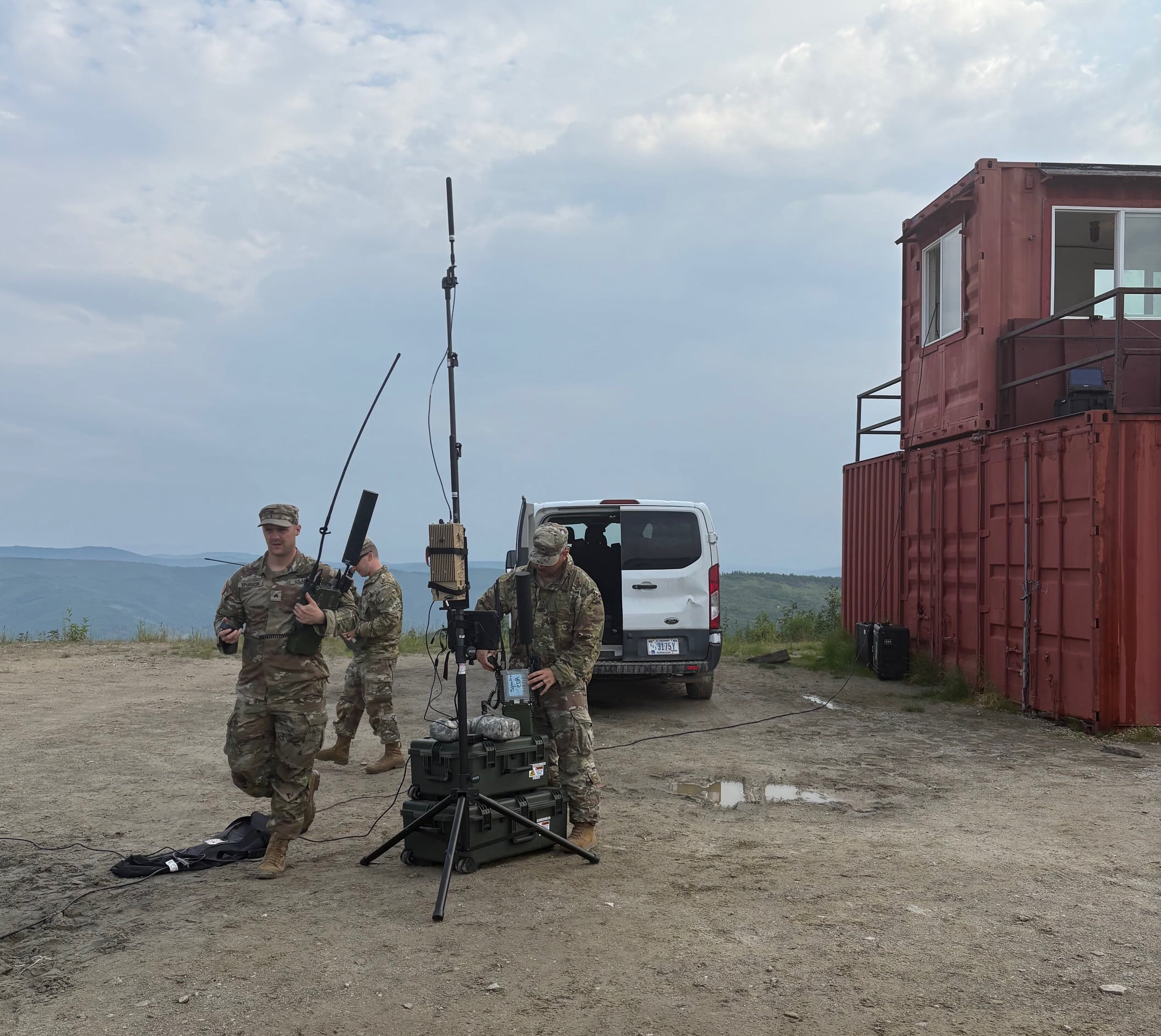John Brennan, director of the CIA, in his recent testimony before members of Congress told them that cyber threats are one of the the top issues he would highlight when briefing the 2016 president-elect. Earlier this year DNI Director of National Intelligence James Clapper stated that disruptions in cyberspace and attacks by homegrown terrorists are the most imminent security threats facing the United States in 2016. That should speak volumes to everyone in the nation. I was recently asked what my top concerns were. Here are my top three worries.
My top cyber issues
- The continued proliferation of cyberattack capabilities and weaponry.
- The economic impact of cyber espionage and the associated value destruction.
- The continuous increase in the number of devices connected to the internet with little or no cybersecurity protection.
Believe it or not, there are still those that people who brush off the importance criticality of this issue. However, while examining these three issues, a nagging questions came up time and time again: Is the U.S. prepared for the inevitable – a successful cyberattack with severe or deadly consequences? That is the million-dollar question.
In 2014, Retired Gen.eral Keith Alexander, the former director of the National Security Agency,NSA said as a country, he didn’t think we are prepared. The U.S. is not alone. In 2015, GCHQ (British intelligence) warned that cyberattacks that threaten their national security doubled. Many question their preparedness.
With all of these types of warnings coming from such credible sources, it is no wonder that this question keeps coming up: Why isn’t there a cyber defense capabilities mandate for every device (computers, tablets, smartphones, systems, vehicles and many more) that connects to the internet? – a good question that keeps coming up.
Sounds like a good idea. Does anyone have a real answer?








